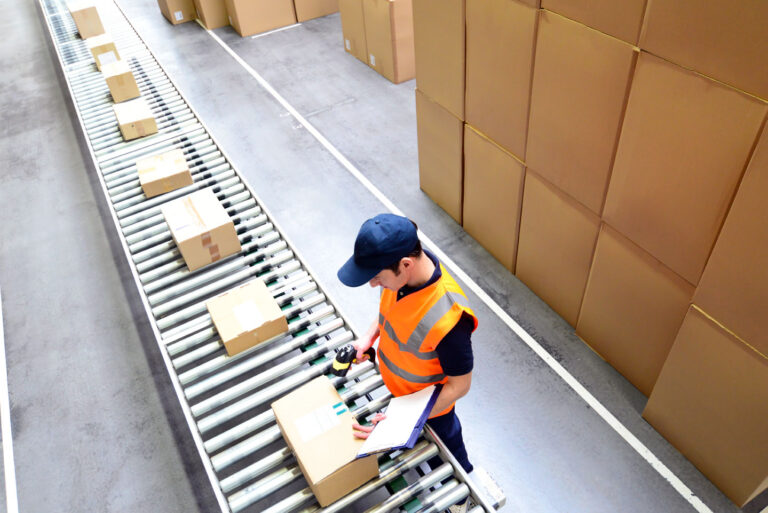Microsoft supported Bradesco, one of the leading banks in the country, in the creation of BIA (acronome for Bradesco Artificial Intelligence) Tech 2 a co-pilot of Artificial Intelligence (AI) customized to the day-to-day needs of developers. The financial institution has a robust innovation strategy and used all its expertise in artificial intelligence to create a development-focused solution with code sharing through GitHub Copilot and Azure OpenAI Service. The initiatives helped modernize the bank's internal processes and led to efficiency gains of up to 40% in code writing.
Expanding the digital transformation into services used daily by millions of Brazilians is not an easy task. To this end, Bradesco uses the learnings and innovative DNA that gave rise to BIA 'AI assistant launched in 2016 and that revolutionized consumer services in Brazil (in its innovation strategy. From the launch of its AI, which already has generative AI capabilities and allows rapid and accurate generation of documents, there were almost 2.5 billion interactions with customers and a wide range of added services, ranging from sending PIX and payment slips to personalized recommendations for Products, Services and Investments, as well as suspected fraud in transactions. Currently, BIA with generative AI is available to 40 thousand employees and more than 500 thousand customers.
“Bradesco has always invested in innovation and was one of the pioneers in the use of artificial intelligence in financial services. We have accumulated great experiences with BIA serving our customers efficiently and, later, with BIA Agencies assisting our managers on the front line to deliver better services and consult internal regulations. Therefore, we wanted to once again take advantage of the full potential of Generative AI to help our developers be more efficient and have time to be more creative and consultative”, he explains Nelson Borges, IT Superintendent of Bradesco.
A BIA (Tech) for developers
With the successful implementation of BIA for both agency employees and external customers, Bradesco is once again advancing the adoption of AI with the creation of BIA Tech, which leverages the full power of the Microsoft Azure cloud and large Azure OpenAI Service language models to address concrete IT team challenges.
For a new feature to be introduced, the Bradesco development team needs to write ''INSUBRIL stories with instructions on what needs to be done by developers. With the great power of Generative AI analysis, BIA Tech has become an important tool to improve the quality of these instructions, breaking each story into smaller pieces of guidance and highlighting missing elements to make the information clearer.In addition, the team has created a plugin to allow developers to talk in natural language with BIA Tech integrated into existing tools and develop the story in an assisted manner.
“All that is being planned is based on feedback from Bradesco's developer teams.Bia Tech already has more than 1.5 thousand loyal users (heavy users) and the teams have been able to realize the gains of working with an AI co-pilot supporting the day-to-day activities of developers.”, highlights Nelson.
According to the Bradesco technical team, BIA Tech allowed not only to relieve the most bureaucratic work of a project, but also increased the quality of the stories produced by about 46 percentage points, with an average evaluation of 8.5 points out of 10. This success led the bank's IT team to expand the capabilities of the AI assistant, which can now help assess the risks of a change in the code, identify potential vulnerability, help with metrics, among others. The expectation is that in the future, BIA Tech will be expanded to cover all stages of the software development lifecycle.
According to Nelson, “o use of BIA Tech to evaluate incident solutions it brought significant gains such as the reduction of 23% of the analysis time of an incident involving the root cause identification step and the definition of correction solutions, with an assertiveness of 90% in the suggested solutions”.
BIA Tech with Github
Bradesco is also investing in AI solutions combined with automation that can complement and further improve the efficiency of internal processes, covering the entire development chain.In practice, this is reflected in the acceleration of the “Time-To-Market”, a period that a product takes from conception to being available for sale in the market, reducing the time required for provisioning and configuring a structure.
The combined solutions of BIA Tech and Github Actions and Github Copilot have promoted automation in code management processes, which benefits process efficiency, collaboration between teams and higher quality of management through telemetry and data analysis & contributing to the creation of bank products.
Currently, GitHub Copilot suggests more than 10,000 lines of code per day, with great acceptance by developers. These numbers reflect a significant improvement in software development efficiency, with time gains ranging from 30 to 40% in a piece of code.
The goal is to empower employees and give them tools to exchange repetitive tasks for activities that exploit their creative and cognitive potential, ensuring that the bank remains at the forefront of technological innovation.The implementation of GitHub, GitHub Copilot and Bia Tech at Bradesco paves the way for the exploration of new technologies and innovations.The bank is also experimenting with other AI and automation solutions that can complement and further enhance its internal processes.
“O what we realize is that the use of AI within the cycle of IT solutions can bring considerable productivity gains to engineers, whether in creating the solution or in operation. Our focus for 2025 will be to expand and expand use cases through open, collaborative and modern AI architectures with a focus on multiagents.”, concludes Nelson.
“A Generative AI presents unprecedented potential for financial institutions.It supports teams in their day-to-day tasks, generating agility in repetitive processes, support for technical teams and easy access to internal regulations. This technology is also a great ally in creating assertive solutions, powered by data, and that will meet the specific needs of the different profiles of customers of the” bank, comments Joana Moura, vice president for Corporate Clients at Microsoft Brazil.











